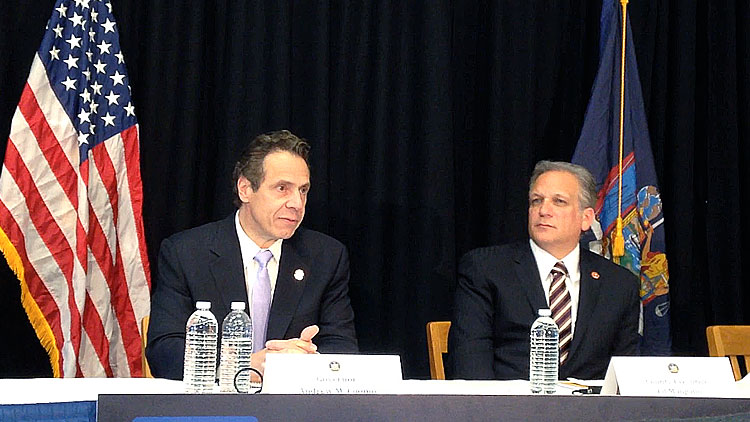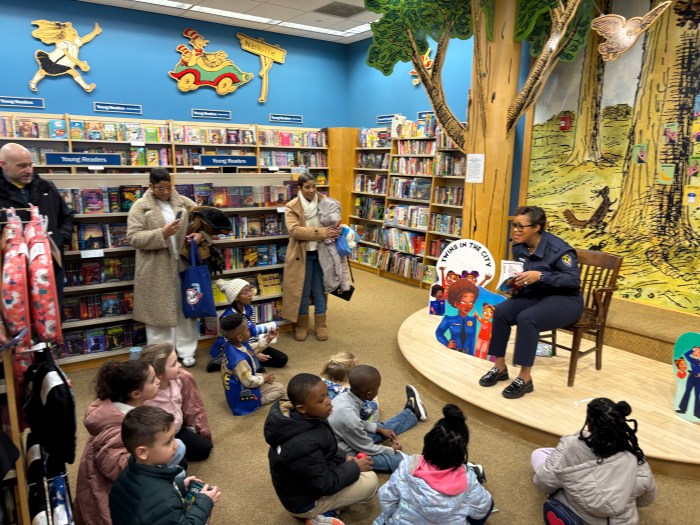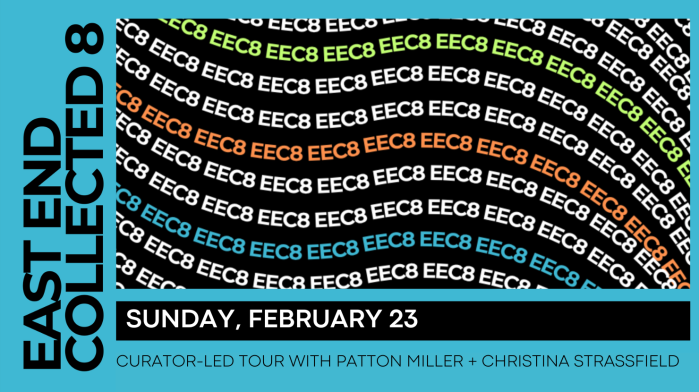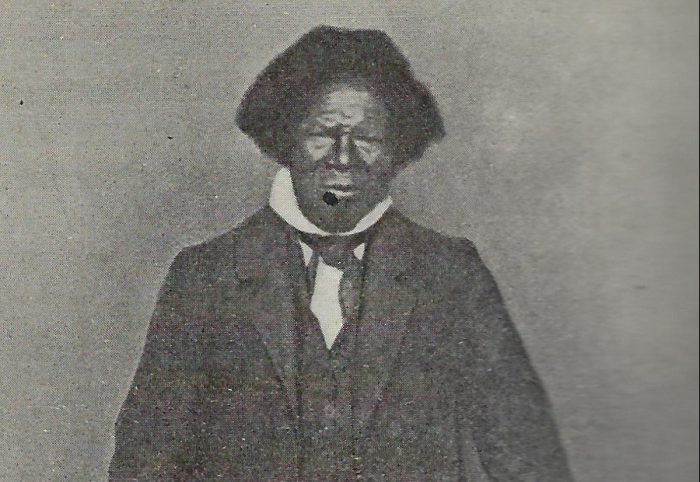New York Gov. Andrew Cuomo championed his plan to provide $2 billion in tech funding to statewide schools Monday during a tour of Mineola Middle School, touting its goal of expanding classroom broadband and wireless connectivity and unveiling an advisory board’s final report on the initiative.
The proposed “Smart Schools Bond Act” to fund such upgrades will be put to a public vote on Nov. 4.
“As technology continues to shape the world we live in, it is imperative that we utilize its capacity to strengthen the learning environment for our students and bring our schools into the 21st century,” declared Cuomo. “That’s what the Smart Schools Commission is all about—identifying the best practices and strategies to transform New York’s schools into modern centers of learning that are fully equipped for the opportunities of tomorrow.”
Joined by his Chief Digital Officer and Deputy Secretary of Technology Rachel Haot, Nassau County Executive Ed Mangano, and members of his advisory “Smart Schools Commission”—Google Executive Chairman Eric Schmidt, nonprofit Harlem’s Children’s Zone President Geoffrey Canada and Auburn School District Superintendent Constance Evelyn—Cuomo and the panel presented the commission’s final recommendations laying out its roadmap and the technology improvements required to bring schools into the 21st century while equipping students to be competitive in the global marketplace.
The report’s findings are summarized as seven “Keys to Success,” which include: embracing and expanding online learning; utilizing transformative technologies, such as tablets, laptops and interactive whiteboards; connecting every school to high-speed broadband; extending connectivity beyond the classroom; providing high-quality, continuous professional development to teachers, principals and staff; focusing on in-demand STEM skills; and rigorous planning.
Cuomo and his panel collectively dubbed the plan “The Great Equalizer” on Monday.
Following a tour of the middle school and video presentation that featured a 3-D eyeball, panelists met with reporters, school officials and 10 Mineola middle and high school student council members.
“I can just see the advances this technology brings to our students,” remarked an enthusiastic Mangano after viewing the multi-dimensional eyeball. “[It] really is amazing.”
“I might want to be an eye doctor after seeing that,” said Evelyn.
The Cayuga County school administrator outlined five ways in which technology could be used to improve education: increasing student engagement (”It will go through the roof!” she declared); allowing teachers to tailor curriculum to the individual needs of the students; extending learning beyond the classroom to students’ homes; equalizing students’ access to education, because it “tears down the walls of economic and geographic disparities and allows our children access to those courses and curriculums that, perhaps because of those barriers, they would not otherwise have access to,” she said; and preparing students to face a 21st century workforce.
Schmidt discussed the “overwhelming need” for higher-capacity broad width.
If passed by voters, each district will be responsible to submit an investment plan to a review board—led by NYS Education Commissioner John King—in order to access these resources.
Canada, the nonprofit head, reiterated Cuomo’s message, telling attendees that technology could be used to level the playing field between the haves and the have-nots.
“Laying the fundamentals so that we have equal access to technology in this state is something that I feel very passionately about,” he said, before relaying a story about how his grandson had introduced him to a computer program that helped to teach him math.
This program set off an epiphany of sorts to Canada, who also reveled in the automaton-type of instruction, which he believed withheld judgment about his learning capabilities and allowed him to keep trying until he mastered the problem he’d been working on.
“If you care about the kids of this state,” Canada announced, “if you care that we are really as a state going to remain competitive, you would not have a school without a library or books, we cannot have schools where kids don’t have access to technology.”
A few minutes later, Cuomo chimed in: “Who buys books anymore? Why isn’t all that digital?”
Critics of the initiative question the long-term financial implications the bond will have on local districts—many of which already strapped with debt. Their trepidation focuses on the costs of the necessary upgrades and updates that will come down the pike as the technological world progresses, as well as the millions of dollars per year the bond will cost them in interest.
As far as technology informing instruction, there is additional concern that the integration of technology for the sake of technology—instead of the technology serving an educational need or a goal that cannot be reached without it—might result in dollars better spent in other educational capacities. Others, question technology as a replacement for personal teacher-student interaction.
Their gripes can be found across social media sites such as Facebook and Twitter and within blogs and online message boards such as the999ers.wordpress.com.
Edward Escobar, principal of Mineola High School, approves of the bond initiative.
“To give school districts more resources to purchase technology is very good,” he said. “I wouldn’t say Mineola as lacking anything, but you could always use the resources to do more.”
If he had more technology, Escobar asserted, he would find ways to incorporate it into the curriculum.
Neither the Smart Schools Commission members nor the governor took questions from the press about the initiative.
For more information, along with an interactive database providing the proposed allocation per school districts throughout the state, and the final report, check out: governor.ny.gov/smart-schools-ny































